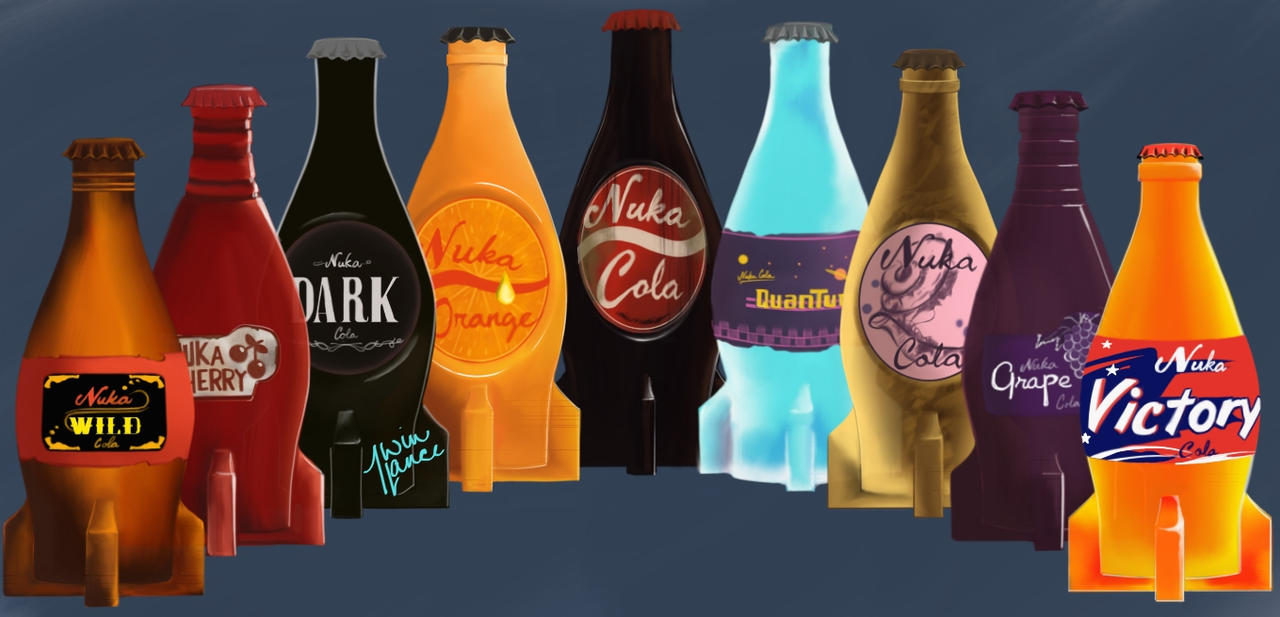Shardstone
Hero
One D&D is more like a bunch of different flavors of coke being released.
Or like Pepsi-Blue?One D&D is more like a bunch of different flavors of coke being released.
Orange-Vanilla Coke.Or like Pepsi-Blue?
One D&D is more like a bunch of different flavors of coke being released.

I actually liked this one. Not quite the same a Dave's orange-vanilla at Wendys though.Orange-Vanilla Coke.
I also enjoyed it.I actually liked this one. Not quite the same a Dave's orange-vanilla at Wendys though.
I loved orange-vanilla Coke and I'm upset it's not being sold any longer.Orange-Vanilla Coke.
We had the "New Coke" analogy back in 4e days, including the bit where they moved back to a much more classic formulation and enjoyed a huge bump in sales. They even had a major competitor starting with 'P'.
I don't see the current situation as comparable, partly because they aren't changing anything like enough, and partly because I simply think they've learned the lessons from it. (Which doesn't mean they're not making a whole bunch of new and exciting mistakes, of course.)
Although that was actually how Coke did outsell their competitor...After all, they don't want to have to release "D&D Classic" in a few months.
I mean, I've considered the idea of Potions of Catnap. But Cormyrian Marching Powder works as well.It would certainly make dragon slaying more interesting, and quicker! 10 round fights over in 10 minutes.
